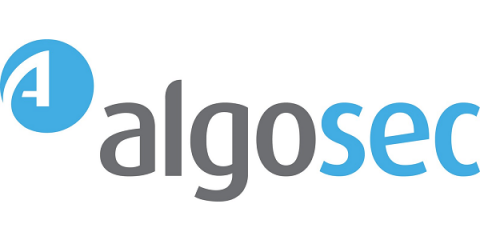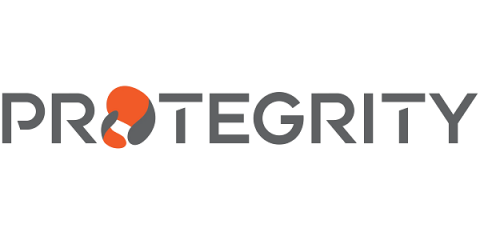What Is the ISA/IEC 62443 Framework?
Cybersecurity threats to manufacturing and process plants come from a wide range of attack vectors, including supply chain, logistics, enterprise computing, remote connections, operator stations, programmable logic controllers, distributed control systems (DCSs), smart sensors, and new smart devices. Internet of Things (IoT) technologies offer greater connectivity and endless applications, but they make the cybersecurity landscape more complex.










